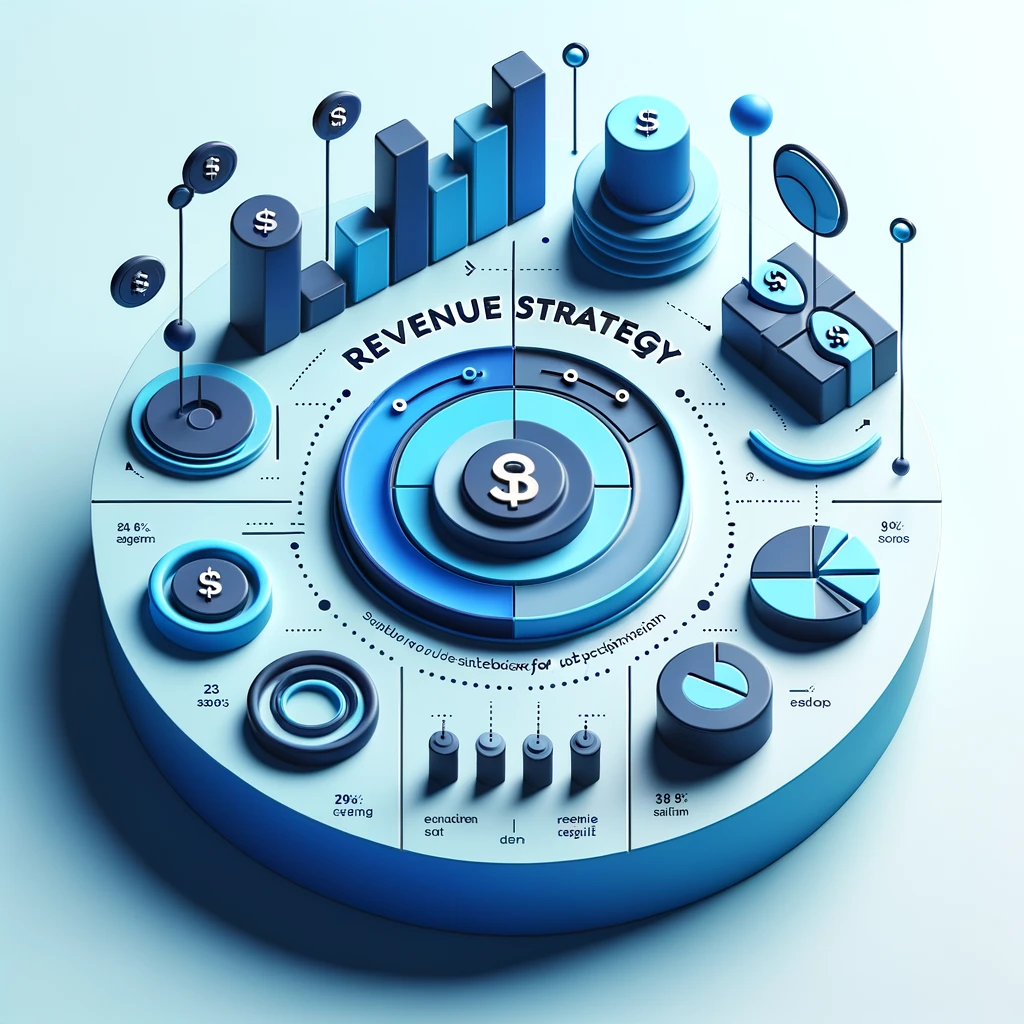Subscription-based business models, popularized by giants like Netflix and Salesforce, have ushered in a new era for revenue generation. This article dives deep into how subscription pricing affects revenue and cash flow, both immediately and over time.

Short-Term Financial Impacts of Subscription Pricing:
-
Immediate Revenue Boost:As businesses transition to or launch subscription-based services, there’s often an initial surge of subscribers, translating to an immediate revenue uplift.
-
Regularized Revenue Patterns:Monthly or annual subscriptions introduce a degree of predictability in revenue streams, even if they might be more modest compared to one-off sales.
-
Cash Flow Hiccups:Transitioning from a one-time high payment model to regular, smaller subscription fees can pose initial cash flow challenges, especially in managing operational costs.
-
Rising Marketing Expenditures:Aiming to draw subscribers and minimize churn, businesses may heighten their marketing and sales efforts, impacting short-term financial outflows.
Long-Term Revenue Implications of Subscription Models:
-
Sustained Revenue Streams:Over extended periods, consistent subscriber retention or growth can equate to reliable and potentially increasing revenues.
-
Elevated Customer Lifetime Value (CLV):By minimizing churn and maximizing retention, subscription models can amplify the overall revenue drawn from each customer, enhancing CLV.
-
Cash Flow Equilibrium:Following the initial adaptation phase, the consistency in subscription revenues often stabilizes cash flow, fostering enhanced financial planning and resource allocation.
-
Operational Scalability Benefits:Predictable revenue streams facilitate smoother operational scaling, attuning to the subscriber base’s demands without sporadic sales’ unpredictability.
-
Navigating Market Evolution:As market trends shift, businesses that don’t continually innovate may witness revenue dips. Staying attuned to emerging market needs and subscriber preferences becomes pivotal.
Conclusion
While subscription pricing models promise tantalizing avenues for dependable revenues, they are not devoid of financial intricacies. The initial phase might present cash flow dilemmas, but with robust strategies and customer retention at the forefront, the long-term advantages can be manifold. Like any revenue strategy, adopting subscription pricing necessitates meticulous planning, periodic financial reassessments, and an unwavering focus on evolving market dynamics.






